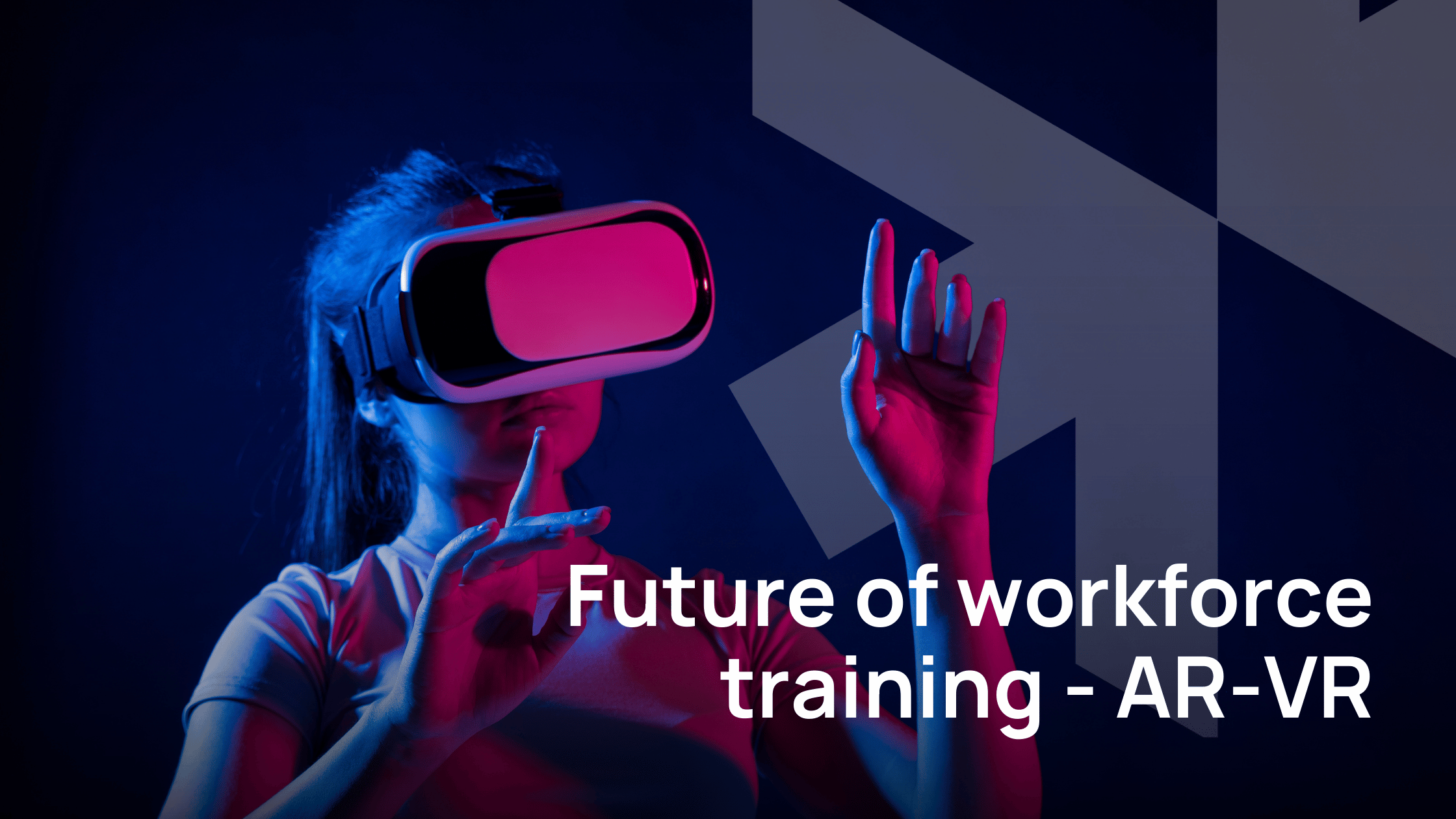Do you know how Google Translator is able to translate paragraphs from one language to another in few milliseconds? Or how self-driving cars work? How do you get your favorite music streamed or Netflix and YouTube know your choices and favorites or how Facebook tags your friends whenever you upload new photos? How Deep Learning works?
The answer to all this is Deep Machine Learning.
With the Technology evolving so quickly, terms like Machine Learning, Artificial Intelligence, and Deep Machine Learning have been of great advantage. Every day, we create roughly 2.5 quintillion bytes of staggering data. With such a huge amount of unstructured data, Deep Learning has gain wide popularity.
It is popularly known as deep structure learning. It is a Machine Learning technique that teaches computers to do tasks that require human intelligence. It represents a set of algorithms trained on data inspired by the structure of a human brain. It’s very similar to the way, we as humans learn from our experiences. Deep Learning performs the same task over several iterations by changing it a bit every time.
How does Deep Learning work?
Deep Learning algorithms use a multi-layered structure of algorithms called Neural networks. Artificial Neural networks use a similar concept as our brain. When we receive new information, our brain tries to compare it with known objects. We can group or sort unstructured to similar data among the large volume of data. They have the unique capability to perform deep learning models to solve difficult tasks that Machine learning models can never solve.
Difference between Deep Learning and Machine Learning
In the Traditional Machine Learning model, new knowledge is extracted from a large array of data with the help of human interaction. New features need to be identified by users accurately and then applied
In Deep Learning models, they can solve the problem from start to finish. New features are created and added automatically. In short, deep learning develops its functionality by itself at any given time by using a hierarchical approach. It determines the most important characteristics to compare followed by the less important ones
Benefits or Advantages of Deep Learning
- Deep Learning can solve problems without any human control or intervention. They are self-controlled and managed machines.
- The important features are automatically identified to compare and optimally tuned for the desired outcome.
- The same approach can be applied to a variety of applications and data types.
- It solves complex problems with the large, diverse, unstructured amount of data
Implementation of Deep Learning in a variety of Industries
- Healthcare and Manufacturing: For diagnosis of diseases, providing personalized medicines based on genome, research, and manufacturing of medicines by pharma and medicine companies
- E-commerce and Entertainment: for personalized shopping on eCommerce sites like Amazon. Online platforms like Netflix, Disney Hotstar, and Amazon understand individual choices for entertainment,
- Information Technology: Chabot and Service bots, Virtual Assistants like Alexa or Siri,
- Travel and Transport: Facial recognition at Security, Translations for travelers or even businesses. Vision for driverless delivery trucks or drones and autonomous cars
Businesses can gain substantial benefits from Deep Learning. It’s imperative for companies can implement it in their projects to improve the way they process data.
Our Company, Crafsol Technology Solutions is a Deep Machine Learning Consulting Service provider based out in Pune, India. With our expertise, we have already implemented Deep Machine Learning and provided Consulting Services on a variety of projects in Healthcare, Pharmaceuticals, Research firms, and other businesses. For more information on our projects, please







